Isn’t It Just A Screen? — Dig The Secrets of The VR Industry
When you are shopping for a VR,Will definitely look at its parameters: The first thing to bear the brunt is the resolution, followed by the screen type, refresh rate, FOV (field of view), PPI, PPD, interpupillary distance adjustment, weight, and so on.
I believe many people know that the arpara 5K VR eyes are 5120*2560, so I won’t go into details about the resolution today. But did you know?Many people may be thinking, isn’t it just a screen, how much impact can it have? In fact, the water inside is very deep. You will understand after reading it. Today, we will take you to dig deep into some «secrets» of the VR industry.
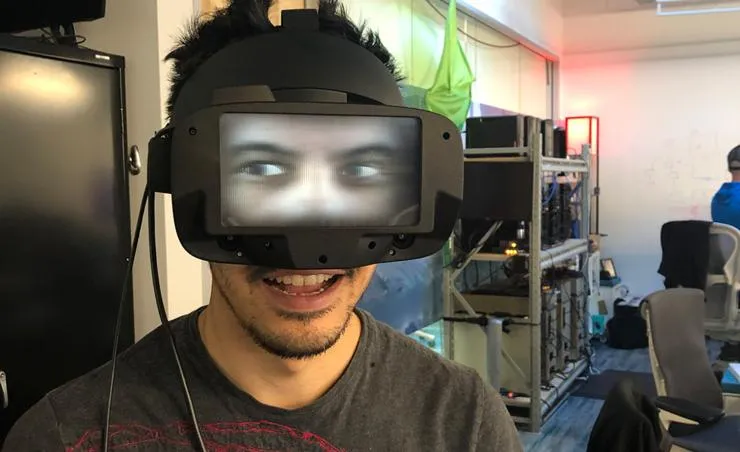
I believe that people usually pay attention to the screen when shopping for mobile phones and TVs, and the same is true for VR equipment.
LCD is currently the most common VR device screen on the market, and there are also OLED screens used in a few VR brand products. And the Mirco-OLED screen that first appeared in the field of vision of VR players, this screen may be both unfamiliar and familiar to everyone. Because arpara 5K PC VR is the world’s first VR device based on micro-oled display technology.
So what is the difference between these three screens?
LCD is a liquid-crystal display. At present, most of the market uses the «thin film transistor liquid crystal display» (TFT-LCD) technology. A layer of liquid crystal is sandwiched between two glass substrates. The upper glass substrate is a color filter. The light sheet and the lower glass are inlaid with transistors. When the electric current passes through the transistors, the electric field changes, which causes the original rotation arrangement of the liquid crystal molecules to be twisted, which in turn changes the rotation amplitude of the light passing through, and irradiates the color filter in different proportions. , And then produce different colors.
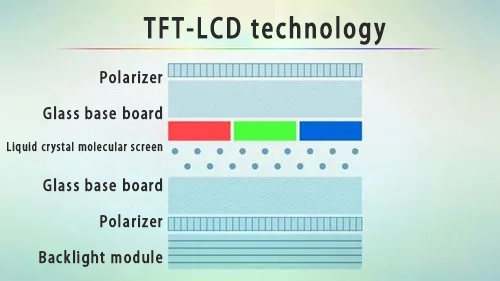
At present, LCD technology is quite mature, used in general computer and TV screens, and also used in VR screens, and at low cost, it has become the basic technology of consumer products.
Screen advantages
1. High quality, no flicker, no flicker, more eye protection
2. The picture effect is good, no distortion occurs, and the technology is mature
3. High definition and low energy consumption. Show perfect image signal
4. Low cost
Screen shortcomings
1. The color is darker than OLED screen. The colors are not full and bright
2. The screen is thick and cannot be bent
3. Because of the existence of the backlight layer, it is easy to cause the display to leak light (usually exposed from the gap between the screen and the frame)
4. Long screen response time

The most fatal problem of LCD at present is that the liquid crystal layer cannot be completely closed, so if the LCD displays black, some light will pass through the color layer, so the black of the LCD is actually a gray mixed of white and black, rather than pure black.
OLED, called «Organic Light-Emitting Diode» (Organic Light-Emitting Diode), the basic structure is to make a light-emitting layer of organic material on indium tin oxide (ITO) glass, and then cover the light-emitting layer with a layer of low power Function of metal electrodes. According to the driving mode, OLED can be divided into AMOLED and PMOLED.
Driven by an external voltage, the anode electrons and cathode electrons will combine in the light-emitting layer to generate energy and emit light. The three primary colors of R, G, and B are generated due to different material properties to form the basic colors.
Screen advantages
1. Small thickness, light weight, shock and drop resistance, foldable and bendable
2. The viewing effect is good, even in the (curved screen) large viewing angle, the display picture is still not distorted
3. Lower energy consumption, because it is a single luminous point, and the production process is simple
4. High color contrast
5. Short screen response time
6. No light leakage, the black display is more pure
We know that the color of the picture is displayed by the pixels, and it takes time for the pixels to change from color 1 to color 2. This time is called the gray-scale response time.
If the gray scale response time is too long, the pixels will not have time to change from color 1 to color 2 when the screen slides quickly, resulting in image retention, and there will be smearing visually. The smearing greatly affects the visual perception, and there is almost nothing on the OLED screen. Procrastination, and LCD screens, even Apple’s top LCDs, are still smearing.
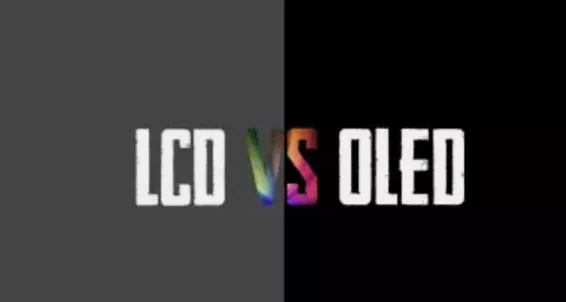
With regard to the problem of impure black display on the LCD screen in the college entrance examination, OLED is different. Because the OLED can directly turn off the pixels in the black area when displaying black to achieve an almost pure black effect. In contrast, OLED has excellent contrast and lower power consumption.
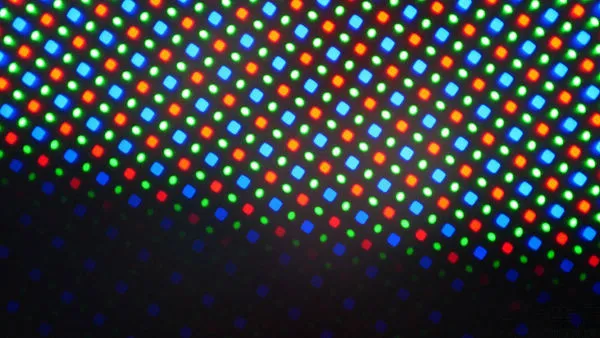
If you can summarize the color of OLED in one sentence: OLED is an oil painting with pure and delicate colors, and LCD is a watercolor stroke with hazy and light colors. I think ordinary people can tell the difference between high-end OLED and LCD at a glance.
Screen shortcomings
1. Generally, after 2 years of use, there will be burn-in and image retention.
2. Staring at the screen for a long time may hurt your eyes
3. Compared with LCD screen, the service life is shorter
4. The cost is higher than the LCD screen
Although OLED presents a bright picture, low power consumption, and bendable, organic materials will oxidize and therefore have a relatively short lifespan. It does have a color burn problem. With high cost and high technical content, it is currently mostly suitable for small screens, such as phone screen. In recent years, a few VR brand products are equipped with OLED screens.
No.3
Mrico-OLED is a new type of high-end microdisplay technology. Micro-OLED (silicon-based) contains an organic light-emitting material sandwiched between two electrodes, and the diode emits light when current flows. Subsequently, the desired color is generated through the filter. The Micro-OLED light source module is produced by depositing OLED on a substrate using vapor deposition.
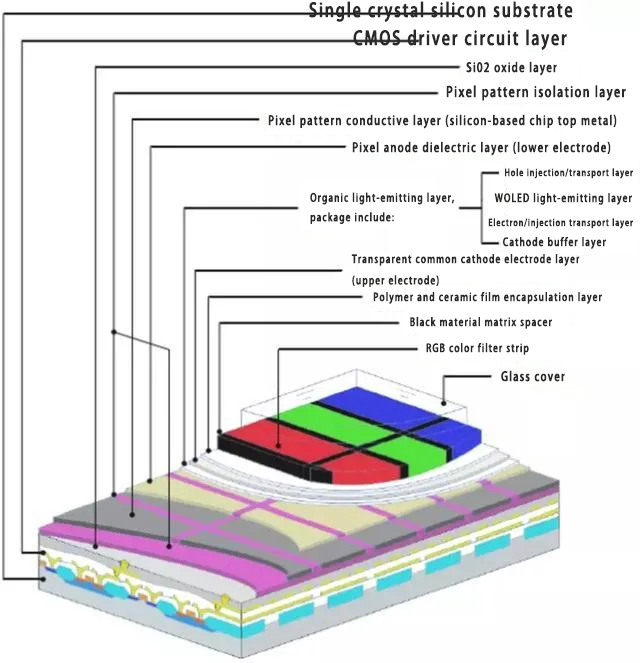
For example, in order to produce silicon-based OLED modules, the OLED is deposited on a silicon substrate (ie, a semiconductor wafer). In addition to having self-luminous properties like OLED, Micro-OLED helps to make thinner, smaller and more energy-efficient panels. Their shorter response time and higher luminous efficiency also make it possible to produce high PPI (pixels per inch) displays.
Micro-OLED micro-display devices have excellent characteristics of OLED self-luminous, thin, light, large viewing angle, short response time, and high luminous efficiency, and are easier to achieve high PPI (pixel density), small size, easy to carry, low power consumption and other applications The effect is particularly suitable for near-eye display devices.
Screen advantages
1. Self-luminous, high color gamut, rich color effects, and a contrast ratio of up to 10000:1
2. High resolution can be achieved
3. During the use of all solid state, the operating temperature range is wide
4. Good shock resistance
5. The response speed is fast, and the time required for pixel update is less than 1μs
6. High luminous efficiency, low energy consumption, 20% less than LCD function consumption.
7. High integration
8. Small size, easy to carry
Screen shortcomings
1. Expensive
2. Very few manufacturers have mastered this technology, and have not really entered the consumer market
Although VR products on the market have undergone years of research and development, due to their immature technology, they are prone to dizziness, low resolution, large size, and expensive. In order to avoid dizziness, the screen resolution must be increased from the existing 500 PPI to 2000 PPI. Micro-OLED just meets the needs of VR head-mounted display screens and lenses.
Color contrast
As we said before, Micro-OLED adopts pixel self-luminous technology, which can easily realize a wide range of colors, which can better reflect the color performance of the product when watching film and television content.
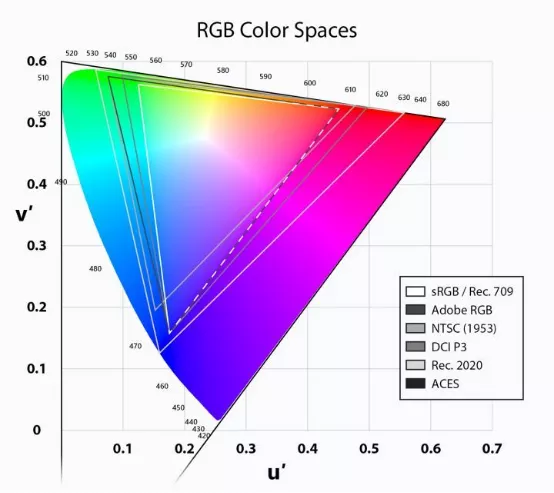
Screen window effect
Pixels are small, individually lit elements that are arranged in an array to create a display. Due to various reasons, pixels are sometimes difficult to pack together closely, and this causes the gap between them to not light up. The «fill factor» of the display screen describes the ratio between the actual lit area and the non-lit area. On a display with a low fill factor, it is easy for users to perceive the unlit space between pixels, which leads to the appearance of the screen window effect.
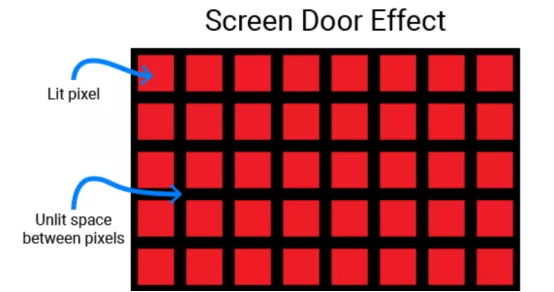
To reduce the screen window effect, it is necessary to increase the fill factor and at the same time increase the pixel density so that the absolute value of the gap between pixels is minimized.
Let’s come back and mention the comparison of the previous three screens. For LCD screens, there are already high-density LCD screens, but because LCD is a light-transmitting display device, its pixel drive circuit can only be placed in the pixel gap, which results in a certain gap between pixels to place Drive circuit, so even high-resolution LCD screens, there will be unavoidable screen window effect.
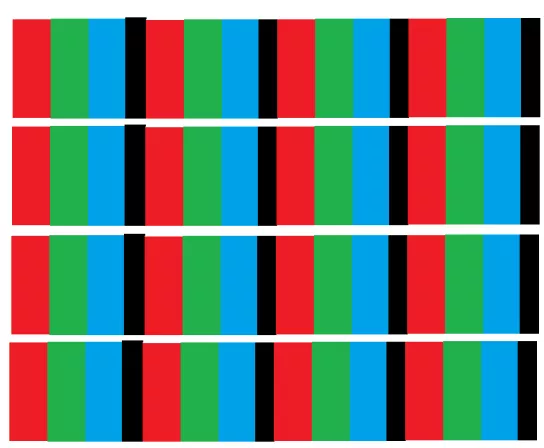
Relatively speaking, because the OLED material is a self-luminous device, the driving circuit can be placed on the bottom substrate, and there is no dark spot of the driving circuit between pixels.
For large-size OLED screens such as AMOLED, the fill factor is still low at present, so there is a blank area between the screen pixels, as shown below:
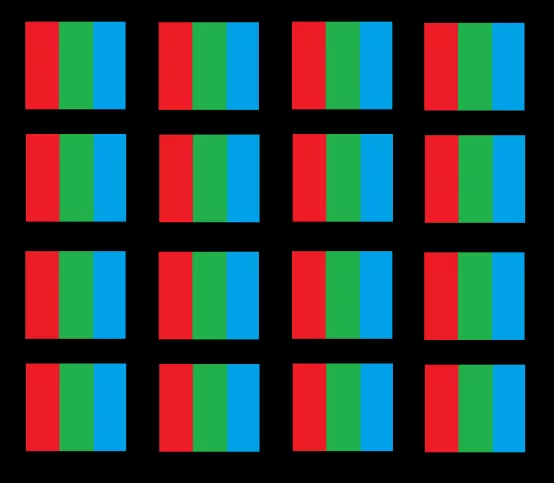
Let us say that, Micro-OLED has a great advantage in the small display market. As the application of VR and AR displays gradually shifts from games and military fields to medical, education, retail and other fields, the market scale continues to expand, and consumers’ requirements for resolution and avoid display lag will increase. Under this circumstance, researchers will start to develop a new generation of display technology with high resolution, high brightness, high contrast, and fast response. Currently, Micro-OLED is most widely used in military, industrial, and medical fields. The VR field is very likely to be the next hot spot.






